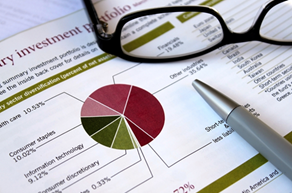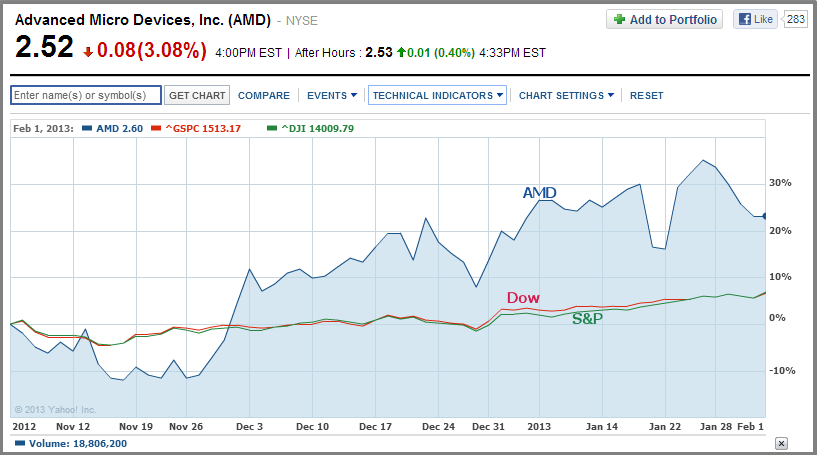In December 2012, Dell announced a shift away from Android to Microsoft's Windows 8 operating system. Stock analysts, however, want the company to focus more on Services and Cloud Technology segments than on Windows 8.
Dell is currently selling at cheap price multiples compared to its competitors and industry averages. The current Price to Earnings ratio is 7.2, while the industry average is 16.6. Similarly, Dell’s Price to Sales and Price to Book value ratios of 0.3 and 1.8 are below the industry averages of 1.8 and 4.5, respectively. The financial numbers from the past five years explain why that is the case.
Return on Earnings (ROE) for Dell has been declining. ROE is a measure of profitability, calculated as Net Income / Net Worth (or Book Value). Similar trends can be seen in other measures of profitability like Return on Invested Capital (ROIC).
|
Dell |
2012 (TTM) |
2011 |
2010 |
2009 |
2008 |
|
ROE |
39.16% |
34.16% |
25.40% |
58.02% |
78.90% |
|
ROIC |
36.49% |
23.09% |
19.19% |
32.74% |
73.27% |
While the margins have returned to a healthy level, the decline in asset turnover helps to explain the decline in profitability.
|
Dell |
2012 (TTM) |
2011 |
2010 |
2009 |
2008 |
|
Margin |
5.63% |
4.31% |
2.71% |
4.06% |
4.82% |
|
Turnover |
139.38% |
159.32% |
157.20% |
230.57% |
221.81% |
Dell is currently selling at low multiples, but overall it can be evaluated as a bargain purchase. It is better positioned than Hewlett Packard, its closest competitor, to successfully switch from hardware manufacturing to the more profitable services business.
Dell is still conservatively financed at a debt to equity ratio of 0.5, while the industry average is 3.5. Furthermore, the company has a decent amount of cash reserves on its balance sheet. A healthy balance sheet for Dell would give it the necessary financial flexibility for making a strategic switch.
[related2][/related2]







